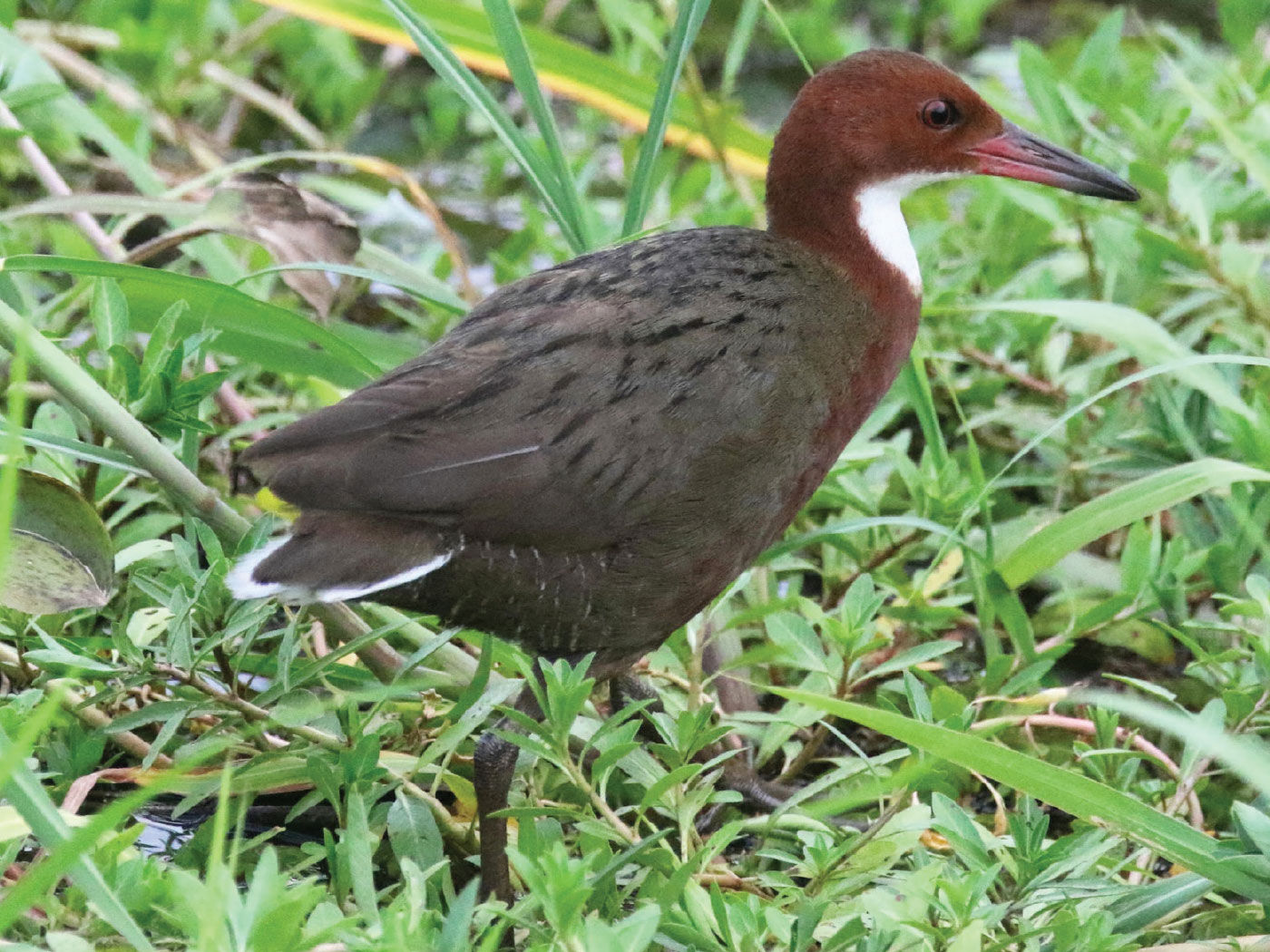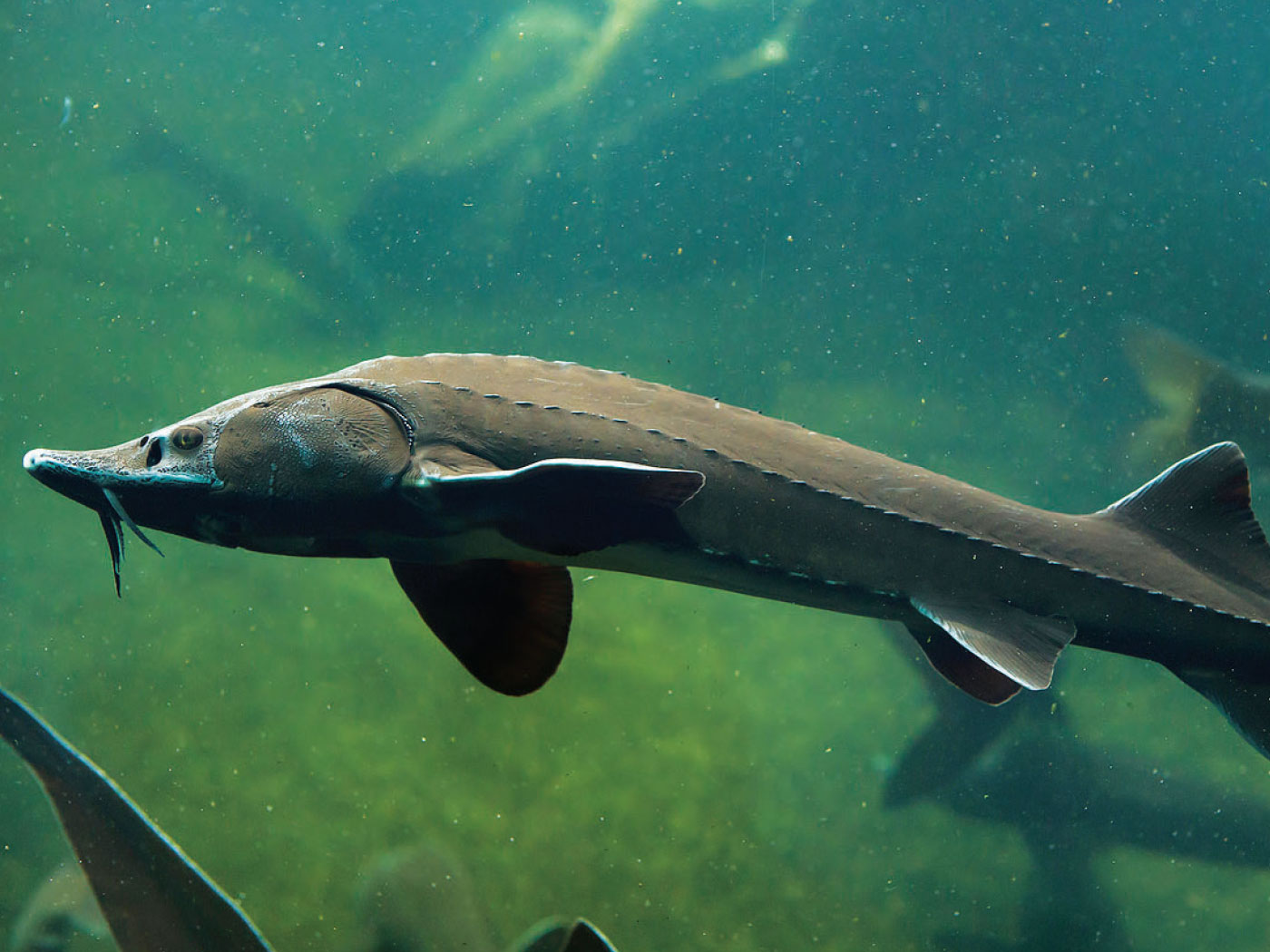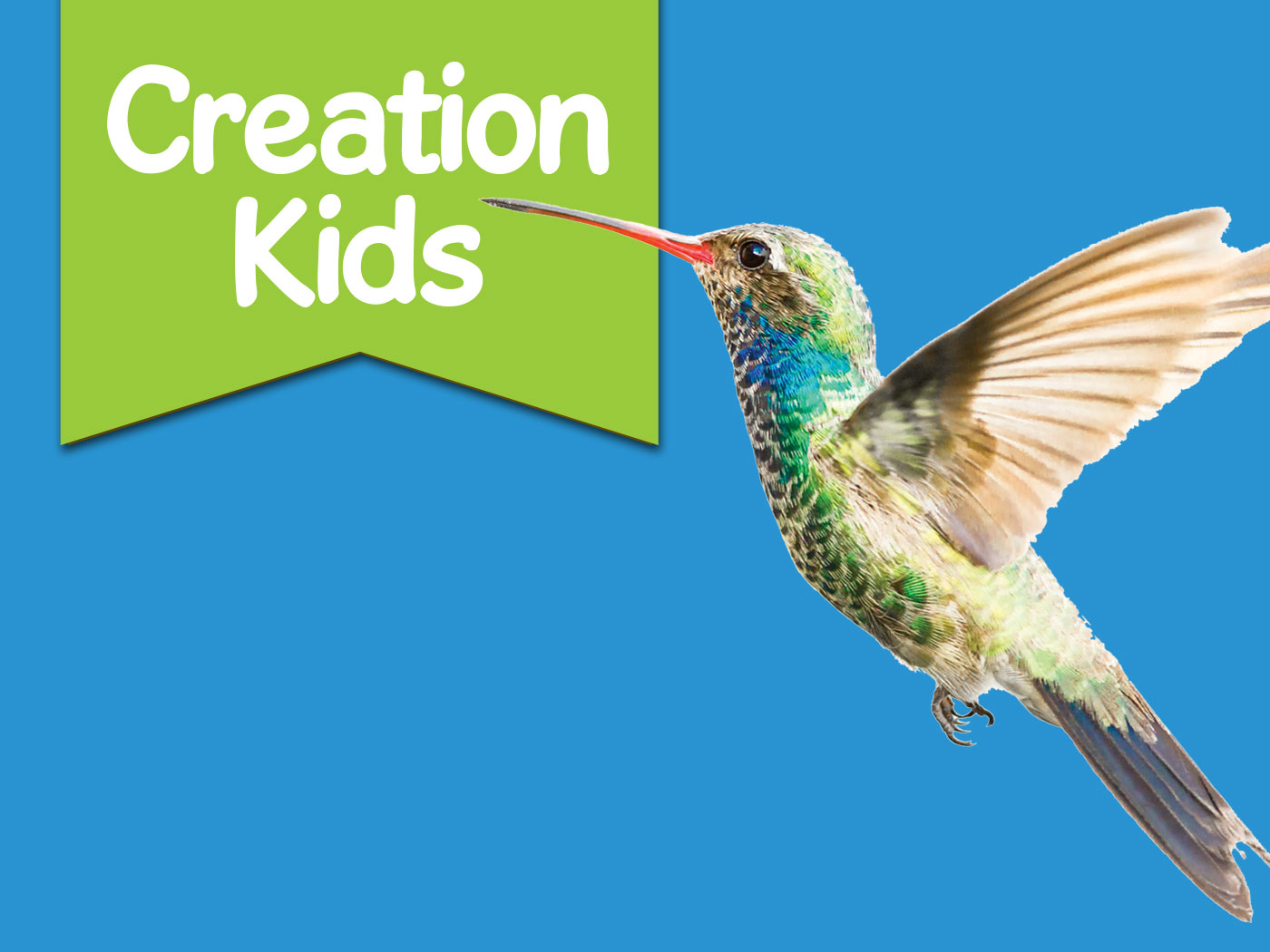Biological systems that allow organisms to function, grow, and adapt bear the hallmarks of being exquisitely engineered. These complex systems exhibit the same design principles that human engineers use to create successful machines and devices. Now, a new study has just been published that reveals part of the amazing internal signaling and communication scheme that plants use to synchronize their circadian clocks between shoots and roots.1
Circadian clocks are internal systems in both plants and animals that sync the organism’s internal processes to the 24-hour day-night solar cycle.2-3 Only five years ago, scientists made the startling discovery that the circadian clocks in the above ground part of a plant, called the shoot, functions similarly to clocks in mammal brains.4 Because different clocks exist in different parts of an animal’s body, it is important that they all be properly synchronized. In mammals, this coordination is accomplished through complex neuronal and endocrine (hormonal) pathways.5 But how plants accomplished this feat remained a mystery.
In this new study, researchers were finally able to isolate a specific messenger molecule that could travel between the shoot to the root that had an influence on circadian rhythms. The signaling molecule was found to be a small essential clock protein called ELF4. This protein was previously known to be in involved in controlling time of flowering. Furthermore, by using a number of clever experiments, the researchers also discovered that the movement of ELF4 throughout the plants is sensitive to temperature.
For years, researchers had been looking at many other molecules that move from shoot to root, such as plant hormones and the products of photosynthesis but with little resolution to the clock syncing issue. As it turns out, the ELF4 protein was already known to be a key component of the peripheral clock systems in the shoot, but scientists never suspected that it was also a signaling molecule across the entire plant.
Although the discovery of ELF4 moving from shoots to roots to help regulate circadian rhythms is important, there is clearly much more to be discovered. This is only one piece of a much larger and more complex system. The movement of this protein does not provide all the necessary information for regulating the clock system, but is an important part of establishing the shoot-to-root dialogue that controls the pace of the clock in roots.
Just as human engineered systems need sophisticated methods of communication between all of their individual parts (such a network of computers or the different components in a car) so do living systems. In fact, the internal signaling and communication systems being discovered in plants and animals are proving to be much more complex than man-made systems, but still employ the same basic successful and resilient design and engineering principles. This clearly seen design points directly to an omnipotent Creator who masterfully constructed them all.
References
1. Chen, W. W. et al. 2020. A mobile ELF4 delivers circadian temperature information from shoots to roots. Nature Plants. 6: 416–426.
2. Tomkins, J. P. 2016. Circadian Clocks, Genes, and Rhythm. Acts & Facts. 45 (7).
3. Tomkins, J. P. 2018. A Time for Everything—Your Body’s Internal Clock. Answers Magazine. Posted on answersingenesis.org August 25, 2018, accessed April 13, 2020.
4. Takahashi, N., Y. Hirata, K. Aihara, P. Mas. 2015. A hierarchical multi-oscillator network orchestrates the Arabidopsis circadian system. Cell. 163: 148–159.
5. Husse, J., G. Eichele, H. Oster. 2015. Synchronization of the mammalian circadian timing system: Light can control peripheral clocks independently of the SCN clock: alternate routes of entrainment optimize the alignment of the body's circadian clock network with external time. BioEssays: News and Reviews in Molecular, Cellular and Developmental Biology. 37(10):1119–1128.
*Dr. Tomkins is Life Sciences Director at the Institute for Creation Research and earned his doctorate in genetics from Clemson University.













